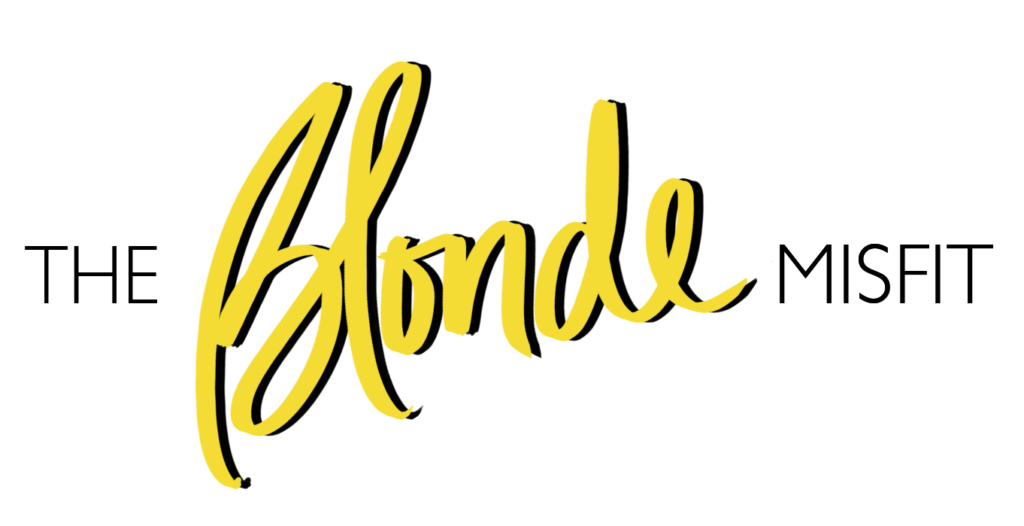If you thought Michelle Obama was going to let up after the White House, well, you can eat those words.
The former first lady is not only coming out with a new memoir (which I plan to grab ASAP) but she stunned all of us when the cover of Elle magazine came out on Monday with her in none other than Dior. Like, ma’am. Oh and did I mention that she was interviewed by Oprah? Because yeah, that’s important.
Michelle spoke on many things regarding her book Becoming, but I personally found her discussion around her fashion in the White House the most compelling, and not just because I’m a style girl. The reality is every day Black women must approach our fashion choices and the way we physically want to present ourselves differently than our white counterparts. This isn’t something that’s really debatable — it’s an understood reality of being Black. Michelle spoke on just a few of the things that she faced, but seriously, read the ENTIRE excerpt:
On the shift:
“Sometime during Barack’s campaign, people began paying attention to my clothes. Or at least the media paid attention, which provoked all manner of commentary across the internet. My pearls, my belts, my cardigans, my off-the-rack dresses from J. Crew, my apparently brave choice of white for an inaugural gown—all seemed to trigger a slew of opinions and instant feedback. I wore a sleeveless aubergine dress to Barack’s address to the joint session of Congress and a sleeveless black sheath dress for my official White House photo, and suddenly my arms were making headlines. Late in the summer of 2009, we went on a family trip in the Grand Canyon, and I was lambasted for an apparent lack of dignity when I was photographed getting off Air Force One (in 106-degree heat, I might add) dressed in a pair of shorts.”
On her changing the narrative:
“This stuff got me down, but I tried to reframe it as an opportunity to learn, to use what power I could find inside a situation I’d never have chosen for myself. If people flipped through a magazine primarily to see the clothes I was wearing, I hoped they’d also see the military spouse standing next to me or read what I had to say about children’s health.”
On the dichotomy of black womanhood in style:
“A couple of times a month, Meredith would roll several big racks of clothing into my dressing room in the residence, and we’d spend an hour or two trying things on, pairing outfits with whatever was on my schedule in the coming weeks. I paid for all my own clothes and accessories—with the exception of some items like the couture-level gowns I wore to formal events, which were lent to me by the designers and would later be donated to the National Archives, thus adhering to White House ethics guidelines. When it came to my choices, I tried to be somewhat unpredictable, to prevent anyone from ascribing any sort of message to what I wore. It was a thin line to walk. I was supposed to stand out without overshadowing others, to blend in but not fade away.
As a black woman, too, I knew I’d be criticized if I was perceived as being showy and high-end, and I’d also be criticized if I was too casual.
“So I mixed it up. I’d match a Michael Kors skirt with a T-shirt from Gap. I wore something from Target one day and Diane von Furstenberg the next. I wanted to draw attention to and celebrate American designers, especially those who were less established, even if it sometimes frustrated the old guard, including Oscar de la Renta, who was reportedly displeased that I wasn’t wearing his creations. For me, my choices were simply a way to use my curious relationship with the public gaze to boost a diverse set of up-and-comers.”
On the unsuspecting nature of fashion:
“We were careful, Meredith and I, to always be prepared. In my dressing room, I’d put on a new dress and then squat, lunge, and pinwheel my arms, just to be sure I could move. Anything too restrictive, I put back on the rack. When I traveled, I brought backup outfits, anticipating shifts in weather and schedule, not to mention nightmare scenarios involving spilled wine or broken zippers. I learned, too, that it was important to always, no matter what, pack a dress suitable for a funeral, because Barack sometimes got called with little notice to be there as soldiers, senators, and world leaders were laid to rest.”

